PROJECT DELTA
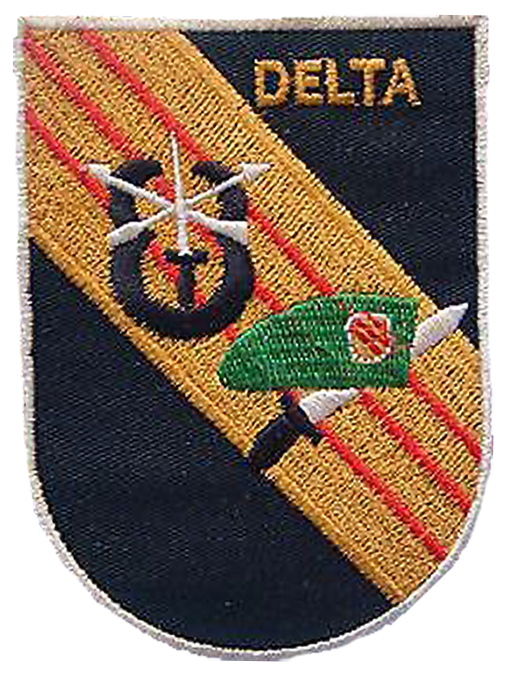
By Jim Morris
Excerpted from Fighting Men, Dell Books, 1993, pages 70-73
PROJECT DELTA
Project Delta, Special Forces Detachment B-52, one of the most highly decorated units in the Vietnam War, was organized in early 1964 under Captain William R. Richardson. Its mission was to provide strategic reconnaissance for MACV. Under the original concept there were no Americans on Delta’s recon teams, and the earliest infiltrations were night static-line and High-Altitude-Low-Opening free-fall parachute jumps.
The concept of using only indigenous troops proved unworkable because of operational procedures adopted by the Vietnamese teams, odd habits such as sleeping on the trail where Charlie could find them, and the fanciful nature of some of their reports. It was only six months before American “advisors” started accompanying the patrols.
There were many refinements in Project Delta’s operational techniques through the six years of its existence, but the project achieved its highest degree of perfection — and Delta was as close to per-fection as anything in war ever is — under Major (later Lieutenant Colonel) Chuck Allen, who was with the project for two years and commanded it for six months. He is the man General William C. Westmoreland called “Big ‘Un.”
For a time MACV headquarters insisted that recon teams be com-manded by officers, because they did not trust the quality of informa-tion received from the enlisted swine. This was an erroneous notion because, for one thing, Special Forces had, at least at that time, enlisted men with, on the average, higher IQs than their officers. And those young lieutenants were a whole lot more flighty than a seasoned SF NCO — which is not to say that the officers were dumb. SF was simply an organization of very bright, dedicated, and ballsy individuals.
In fact, intellectual requirements for Special Forces were exactly the same as those for OCS. The only different requirements were that you had to be able to swim to get into the Forces and you couldn’t have a criminal record and get into OCS.
Of those officer recon-team leaders, incidentally, one of the few to work out was Bill Larabee, at the time of my outing with them a captain, Chuck Allen’s operations officer.
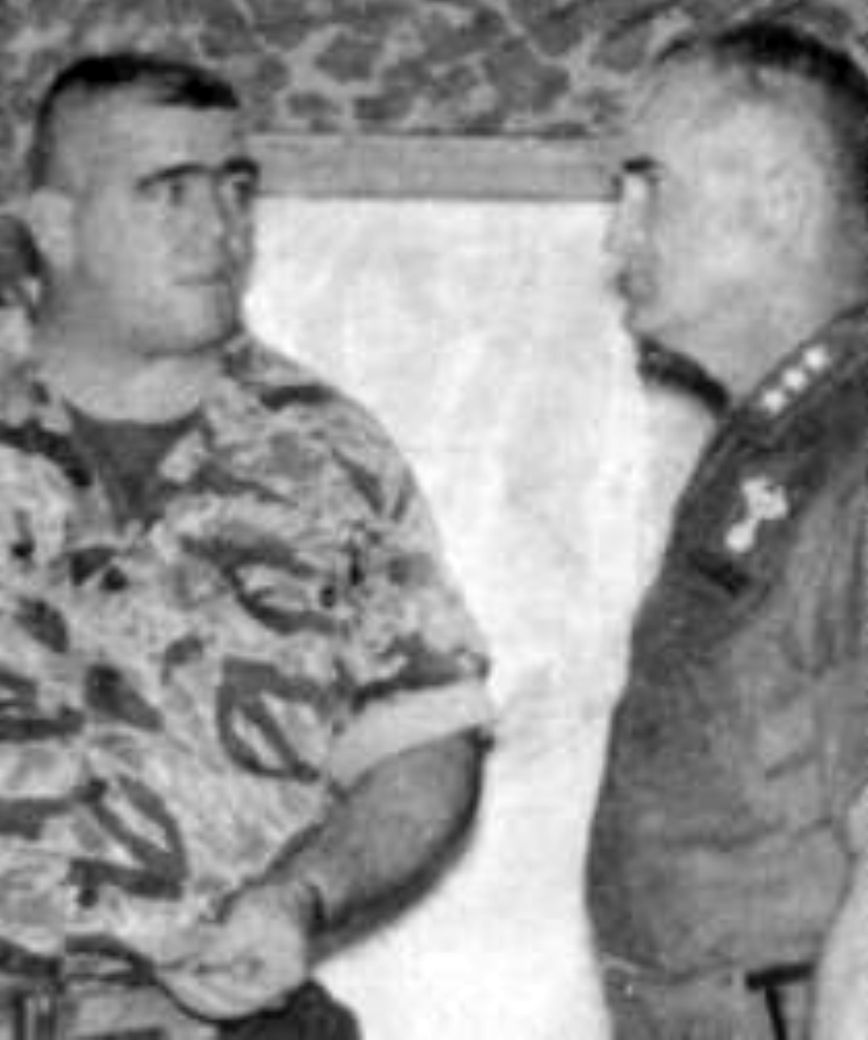
2_Maj-Chuck-Allen
Left, Maj. Chuck Allen and SFC Gary Stedman of Delta Project (Photo courtesy Soldier of Fortune, September, 1981, page 51
Because of the success of Delta, Colonel Francis J. “Splash” Kelley formed Projects Sigma and Omega. There are various versions of how that came about. Chuck Allen says that Kelley wanted to use Delta in I Corps and formed Omega for II Corps and Sigma for II Corps. And, as it turned out, that is how they were generally deployed.
But one of my old sergeant buddies told me that early in his tour Kelley was invited down to the Project for dinner. It was a spirited evening; the gentlemen of the Project were well known for their iron discipline and control in the field, and their lack of those qualities in garrison.
As rumor has it, during the course of the evening a master sergeant gave the new colonel a fat, wet kiss on the ear and murmured to him, “Don’t ever die, you sweet motherfucker. Don’t you even catch cold.” It was not unusual for recon men to test an officer’s cool in this fashion. Babysan Davidson, a legendary recon NCO, who looked like a demented twelve-year-old, once, at a similar party, kissed me on the ear and murmured, “Y’know, mother-fucker, I like you.”
I was flattered; junior SF officers were middlin’ arrogant, but the recon guys were superstars. According to the story I heard, though, Kelley was not so pleased, and organized his new recon projects the next day
Under Allen, and thereafter, the core of the Project consisted of the recon section, with twelve teams of ten members each, usually four Americans and six Vietnamese Special Forces men, usually only six of whom were deployed at a time. The headquarters was SF Det B-52. Nominally, the Project was commanded by a Viet lieutenant colonel and Allen was his adviser. The reaction force was the Vietnamese 91st Airborne Ranger Battalion, an organization which had its good points and its not-so-good points. That was why there was also a platoon of Nungs — a Chinese tribe with a mercenary heritage— for bomb-damage assessment. The Nungs, you see, were trained, fed, paid, and led by Americans.
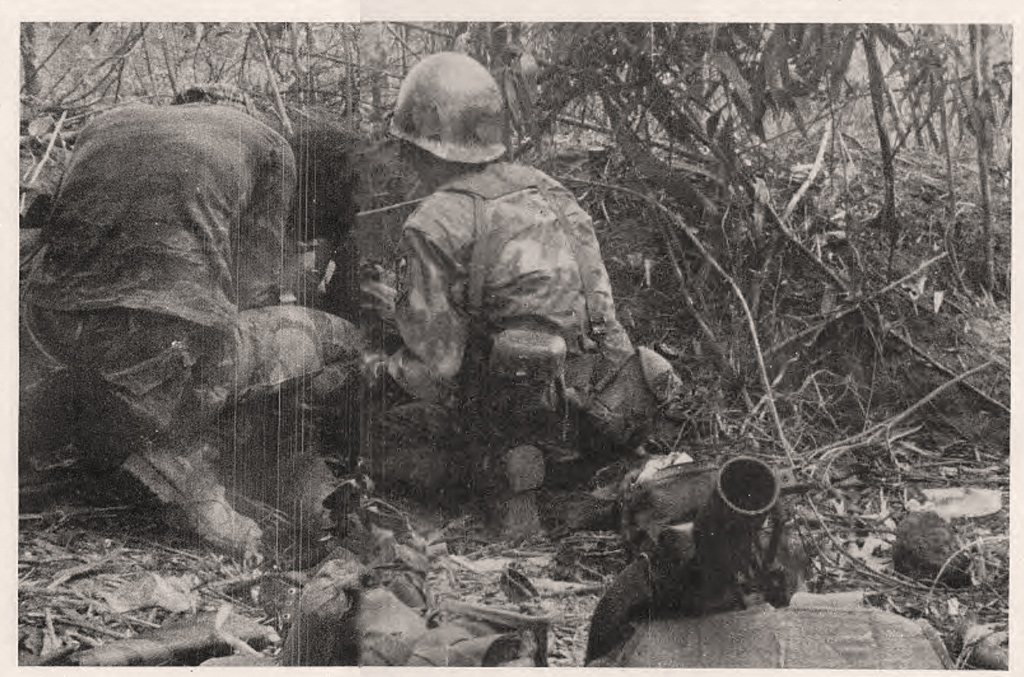
3_91st-Airborne
Above, mortarmen from 91st Airborne Ranger Battalion break for lunch. (Photo courtesy Soldier of Fortune, August, 1981, page 23)
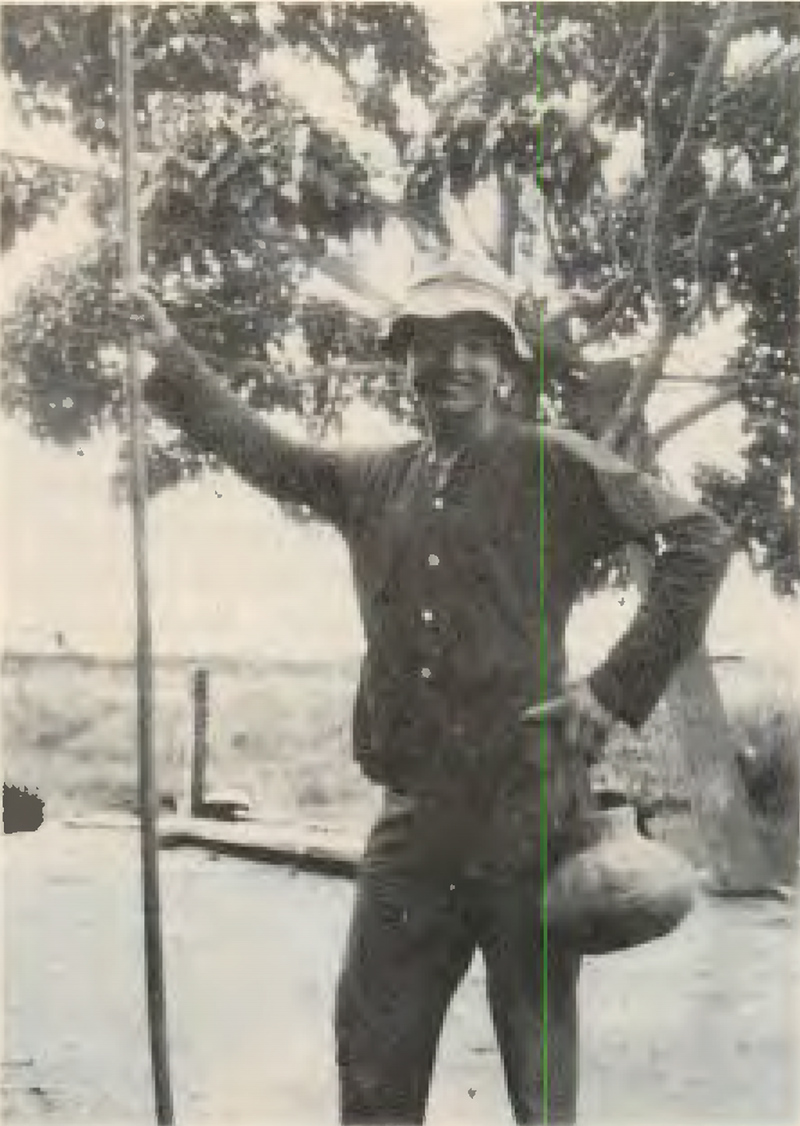
4_Roadrunner
An early Roadrunner, member of all-Vietnamese teams in Project Delta which ran trails in VC and NVA uniforms. He carries Swedish “K” under his shirt and a grenade in the gourd. (Photo courtesy Soldier of Fortune, July, 1981, page 31)
There was also a section of all-Vietnamese teams, known as Roadrunners, which ran the trails in VC and NVA uniforms.
Normally, the 281st Assault Helicopter Company was assigned in direct support. This was an extraordinary unit. Alert crews slept on the ships, ready to go pull a team out at a moment’s notice. The gun-ships took off so heavily ammo-laden, they had to skip twice to get airborne and the slicks could inch down into a hole through which you’d swear a starling couldn’t land.
There was also an Air Force FAC (Forward Air Control) team assigned, normally commanded by a USAF lieutenant colonel, and on one occasion there was a Marine Corps fighter wing assigned to the operational control of the Project, commanded by a major general. Probably the only instance in history of an Army major being in command of a Marine Corp major general.
In March of 1964 Major Allen, who was my friend and former commanding officer, asked me, in my capacity as Information Officer of the 5th Special Forces Group (Airborne) to accompany Delta on an operation in I Corps, the northernmost area of South Vietnam. The mission was to do preliminary reconnaissance for a later major operation by Marine and Army units. Delta set up a Forward operational Base at Phu Bai, some tents and bunkers, a chopper pad, a zigzag trench, and some wire around the perimeter. The idea was that I would see as much as I could and participate where possible. I couldn’t go out with actual recon patrols — the teams were too tightly knit — but I could go with the reaction force, the 91st Airborne Ranger Battalion, and an attached Mobile Strike Force Company — the Mike Force — from Nha Trang. And I could fly in Chuck’s Command and Control chopper on insertions and extractions. It was as much as an outsider could hope to see, and, in fact, before it was over I would apply and be accepted for transfer to Delta. The first two stories in this series are rewrites of pieces I did for the Green Beret, the 5th Group’s magazine. The first was originally written in the Delta FOB at Phu Bai; the second was written left-handed, in the 8th Field Hospital in Nha Trang. I’ve cleaned them and expanded a bit, and added some details that were classified at the time. The third story is an interview I did with Chuck for Soldier of Fortune in 1980.
Part Two: From Fighting Men, more about Project Delta, “A Reconnaissance Mission” and “With the Mike Force.” Click here to read.
About the Author:
Jim Morris joined 1st SFGA in 1962 for a thirty-month tour, which included two TDY trips to Vietnam. After a two year break, he went back on active duty for a PCS tour with 5th SFG (A), six months as the B Co S-5, and then was conscripted to serve as the Group’s Public Information Officer (PIO). While with B-52 Project Delta on an operation in the Ashau Valley, he suffered a serious wound while trying to pull a Delta trooper to safety, which resulted in being medically retired. As a civilian war correspondent he covered various wars in Latin America, the Mideast, and again in Southeast Asia, eventually settling down to writing and editing, primarily but not exclusively about military affairs. He is the author of many books, including the classic memoir WAR STORY. Jim is a member of SFA Chapter 78 and is a former editor of the Sentinel.
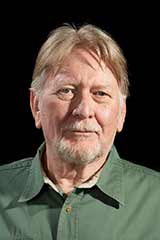
My father was with B52 Charles Richard Moore..looking for more info on him..
I apologize for contacting you so late but didn’t recall your fathers name. Just started going through the roster and found him. He was a Captain assigned to S-4 (Supply), 1 February 1966 through 1 September 1966. Then served Company Advisor to the 3rd Ranger Company from 1 September until 1 December 1966. The Rangers were consisted of a Battalion who also served as Palace Guards for the President of South Vietnam. When they swapped out our Advisors did not do to Saigon they stayed with the rotating Rangers that workred for Delta only.
Is he by chance still alive. There are not many of us alive. We have contact with less that 50.
I don’t have contact or know of anyone alive at this time that was in Delta in 1966 but that doesn’t mean soldiers may have served with your father at some time or other.
Check out our site if you are interested ProjectDelta.net
Chester – what happened to the project delta.net web site? No longer accessible.
It has unfortunately shutdown this earlier this year around May. Thankfully it is accessible through archive sites like the Wayback Machine (https://web.archive.org/web/20200201083839/http://www.projectdelta.net/history.htm) However many of the original images and webpages were not archived and remain dead. It is really quite tragic but I am glad I stumbled on the website when I did. My grandfather flew O-1s for Project Delta, and both me and my father were surprised to find that he had written a short biography on the website! I am currently trying to reach out to some of the website staff to see if they have any of the old files on hand for archival purposes, but haven’t had much luck yet.
I am going to grab what I can from Wayback and reconstruct a Project Delta web site. I am stunned that the original site was virtually lost. As you noticed many of the photos are missing. However, I have photos from 68-69 when I was in PD. Many are now gone but families still look for history about Vietnam. I was in PD with Capt Robert Cocke and flew with him several times. I have pictures of him and a vivid memory of his flying expertise. Remind me to tell you a story about one such flight! I also have a video of him landing one of the 0-1 bird dogs on the dirt road he mentions in his bio about Dong Xoai. Email me and I’ll send my contact info.
I found contact information for the owner of the site and have sent them an email to find out the status. According to Whois.com the domain name is still valid and will be until March 2025.
My Grandfather SGM(R) John A. Jurceka served with Project Delta i believe he was a SGT and medic at the time
Good evening… My father was 1SG Stanley Dahl. He participated in White Star and Project Delta Leaping Lena B-52. How can I find more information on him. I am trying to find out if he was part of MACV-SOG. Thank you.
I see where a SFC Stanley Dahl was the first Radio Supervisor from 12 June 1964 through 14 December 1964 and a note showing (A1/111 Recon) which I would interpret to mean he was assigned to a Recon Team in Delta or assigned to A Team 111 in I Corps. Initially Vietnamese Special Forces ran Recon. Initially the Teams Jumped into their Areas of Operation. Americans were advisors only thus not allow to run reconnaissance but parachuting into the AO’s proved costly, the teams suffered many injuries and lost teams. Then they decided to run mixed teams of 6 usually 2 American SF and 4 Vietnam SF.
Contact Radix that publishes considerable information and Special Ops, for an answer to your SOG
Thanks for the information. I will pass this on to Shannon. Also thanks for the reminder about Radix Press.
You are Very Welcome. I was a SSG in Delta Recon the last year it existed. Then in 2000 I WAS volunteered to bring in Delta to meet annually at SOAR (Special Operations Association) we also had a 50th Delta Anniversary gathering at Fort Walton Beach in 2014. We one had contact with 110 guys that served in Delta but we’ve had significant loss due almost totally caused by Agent Orange
Anytime I can help do not hesitate to contact me
Strength and Honor
“C”
I had a friend that passed away who was a member of Project Delta. I was wondering if there are any stories about him. Here is an excerpt from his obituary, SFC(R) Robert J Wren was a member of the 5th Special Forces from 1962 thru 1967, including 3 years with Detachment B-52 Project Delta.
Chester…I am looking for more information on Doc Simpson…when and where he passed away. You are correct, many have passed away..not many left.
Doc had a heart attack and died while mowing his Mother in laws yard.
It’s been so long ago I don’t remember the date but was after mid 1980’s but before 2000
I think it may have been In Tennessee
I am looking for someone who may have served with SPC5 Little Jay Jackson.
Looking to connect with any of the old Delta group I may have served with. I was a gunship pilot for the 281st AHC from May of 67 to June of 68. Delta was the most professional group I ever worked with. I still remember Jay Graves and Joe Sing, we shared many a beer together. I had the misfortune of having my A/C shot down in the A Shau valley 16 March 68, Major Allen C&C A/C pulled us out. My time there was the most memorable of my entire life, great memories.
Joe (Andy) Anderson
Wolf Pack 33
SOA member #487
Hi Chester,
The people at SOCNET would love to here from you.
Here is a thread where I mentioned you and posted the pics from your site. Nice reading all the comments.https://www.socnet.com/showthread.php?t=132425
I believe Roland Marquis was part of b 52 delta , he is still alive knocking on 91 in messa az . I know he was at fob 2 ccc kontum also
My best friend was in project Delta b-52.1968. He is getting up there but still kicking. Staff SGT. Harris. It is a honor to have him in my life.
Looking for Info on my father SGT (T) James Sales he served July 1966 – April 1968 his DD214 says 52nd security detachment 52nd AVN BN.
Does anyone know if a Kay Michael (Mickey) Moon served with project Delta between December of 1964 to December of 1965? He was my uncle who was an intelligence sergeant radio operator during this time frame with the 5th special forces group. I know that he was involved in parachute recon drops and that he worked training indigenous troops, most likely the Khmer Krom. Any information would be greatly appreciated